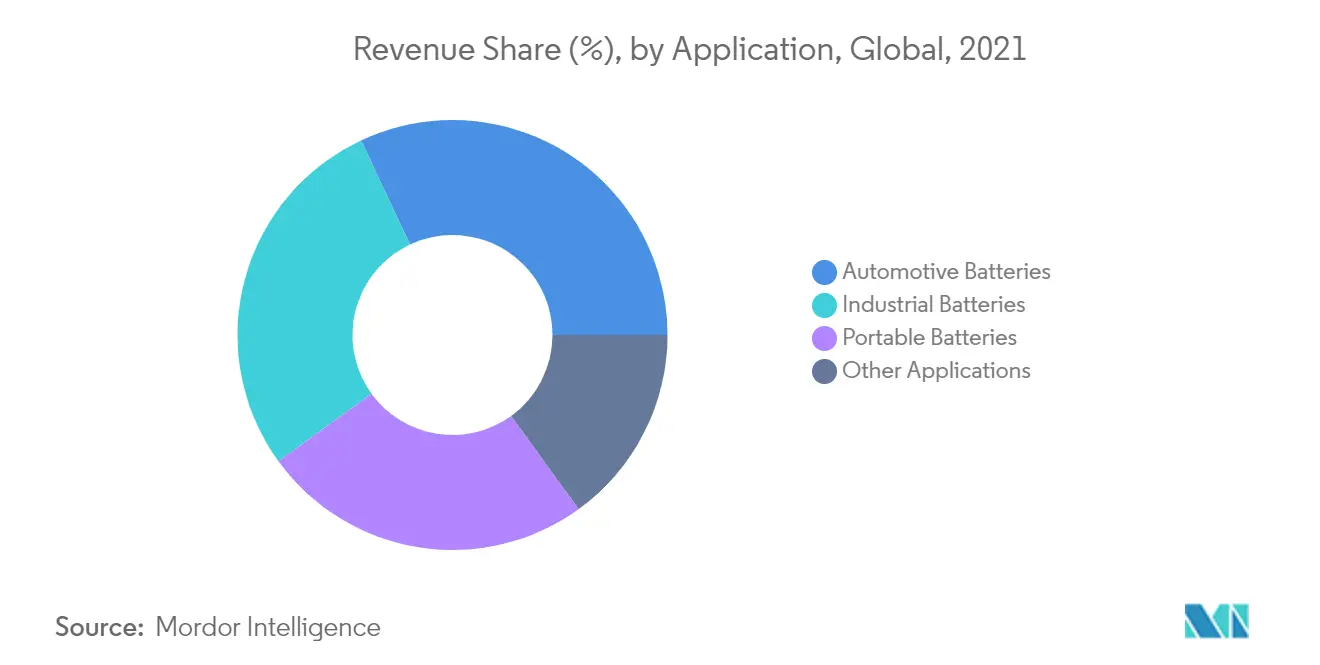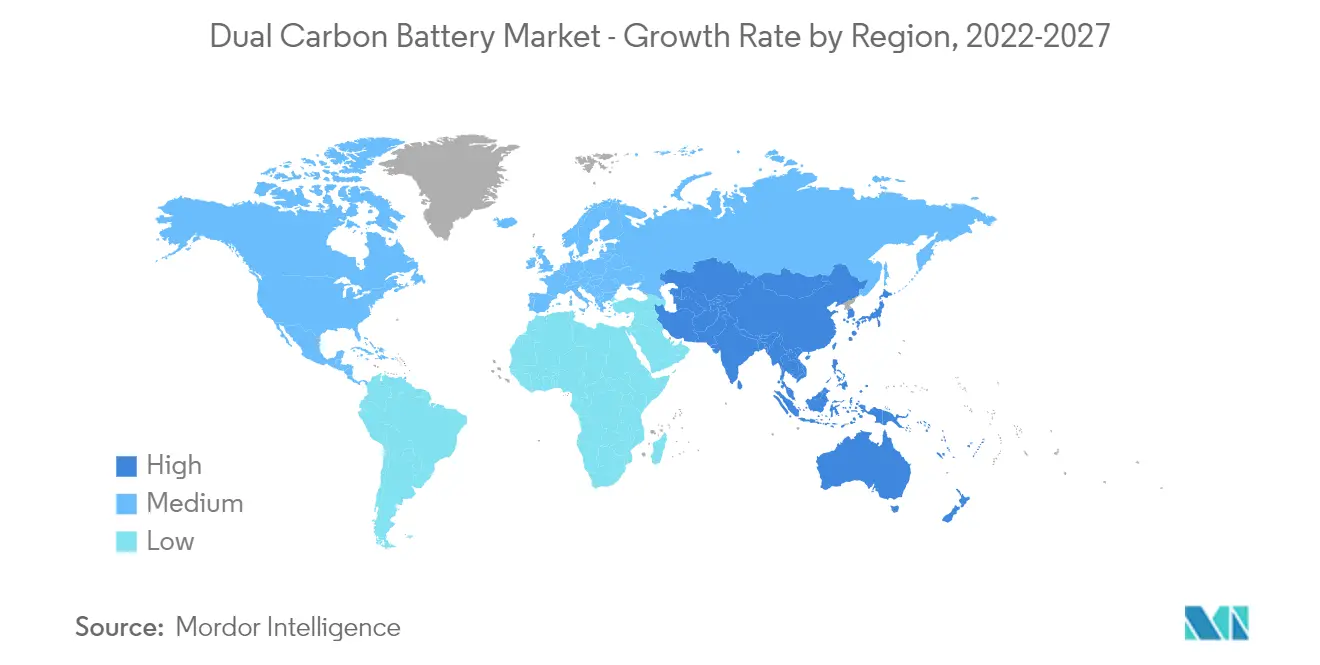Market Trends of Dual Carbon Battery Industry
This section covers the major market trends shaping the Dual Carbon Battery Market according to our research experts:
The Automotive Segment is Expected to Witness Significant Demand
Dual carbon batteries are expected to significantly extend the length of charge and the overall lifetime while greatly reducing cost, charge times, and environmental impact. Moreover, the high energy density of these batteries is expected to increase the demand in the automotive industry in the coming years.
The increasing demand for high-end batteries from electric vehicles (EVs) is another major factor driving the dual carbon battery market. The manufacturers of these batteries have stated that the batteries could give a modern electric vehicle a range of almost 500 kilometers (300 miles).
Although dual carbon batteries promise to revolutionize the automotive battery segment, the low production rate of these batteries and the dominance of alternatives, such as lithium-ion batteries, in the market are expected to slow down the market growth for the next few years. The dual carbon technology has not yet been deployed on a large scale, and manufacturers are still struggling to penetrate into the automotive sector.
Moreover, companies such as Power Japan Plus (PJP) are planning to introduce their dual carbon batteries to the medical device segment and satellites and eventually into the automotive industry.
Thus, based on the above-mentioned factors, the automotive segment is likely to experience significant growth during the forecast period.

Asia-Pacific is Set to Experience Significant Growth
The Asia-Pacific battery market as a whole is expected to grow significantly over the coming decade due to increased electrification activities in the region. The dual carbon battery has not yet penetrated the market on a significant level.
The battery market in this region is mainly driven by developments in the electronics manufacturing, power generation, communication, and information industries in countries like India, China, Japan, and South Korea.
Developing countries, like India, lack a firm grid infrastructure, which causes power cuts and blackouts frequently, mostly in rural areas. Thus, the lack of grid infrastructure, high demand for steady power, and the need for power backup solutions are expected to drive the demand for industrial dual carbon batteries. Moreover, the governments of various countries have taken initiatives to finance energy storage projects to fulfill the energy requirements in their countries. China and a few South Asian countries are coming up with new business models and associated financing instruments to invest capital in battery energy storage projects.
In a short-term scenario, however, the region is likely to witness challenges from rising prices of graphite carbon, which is a major raw material used in the dual carbon battery manufacturing process. Rising prices of graphite carbon are majorly a result of a sharp cut in the supply of graphite electrodes from China. In the present scenario, the demand for graphite electrodes is significantly higher compared to the supply.
Research on dual carbon battery technology is also underway in the region. For instance, in April 2021, researchers at IIT Hyderabad, India, developed a dual carbon battery that can cut the overall battery cost by as much as 20-25%, along with being environment-friendly. Further research is underway to increase the energy density of the battery.
Therefore, based on the above-mentioned factors, Asia-Pacific is expected to witness significant growth during the forecast period.

